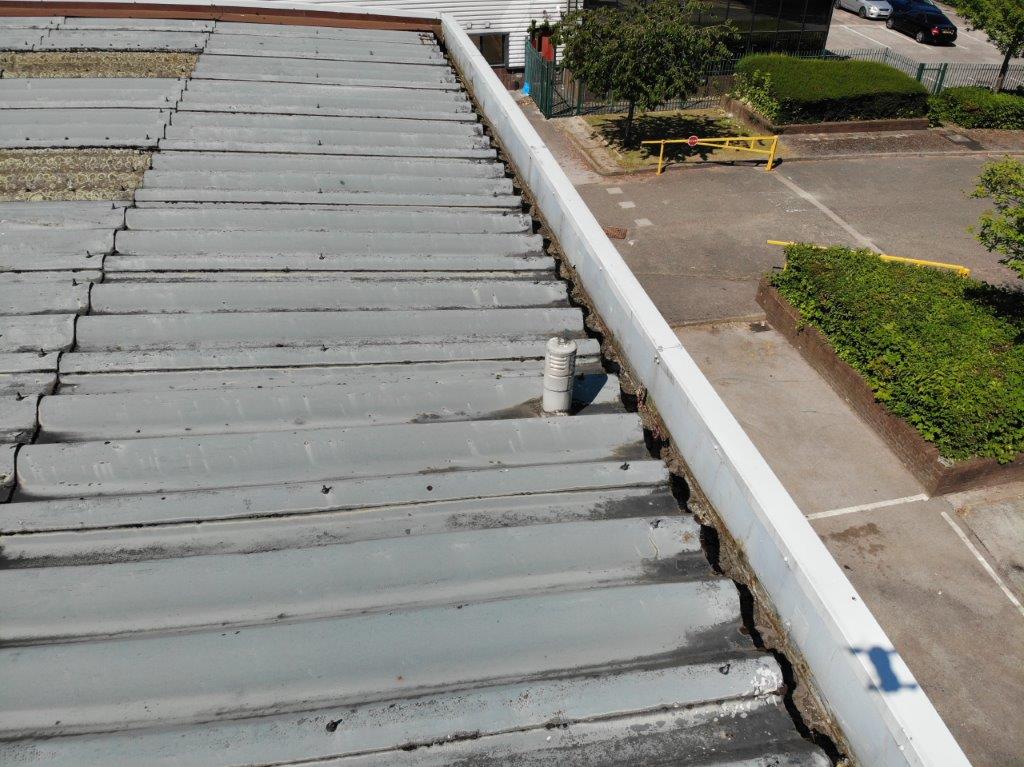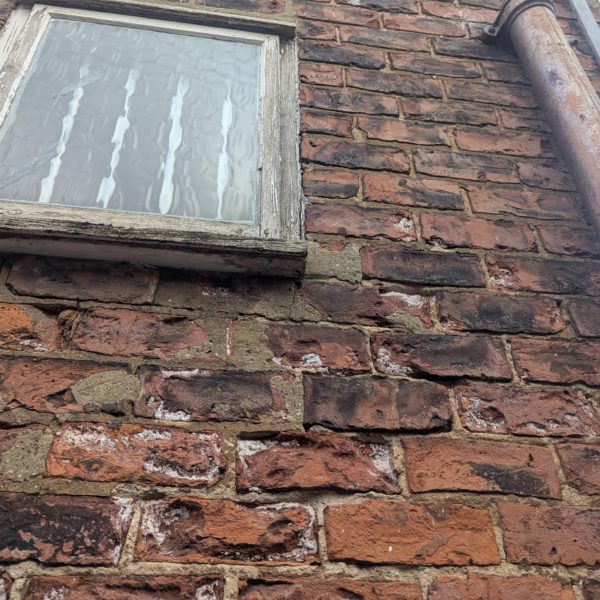Introduction
As seasoned chartered building surveyors specialising in dilapidations, we’ve guided countless UK tenants through navigating lease obligations. Two documents: Schedule of Condition and Schedule of Dilapidations serve contrasting but complementary roles. Understanding both is essential to protect your business and your finances. This blog explains their differences, interactions, and how to use them strategically.

What Are We Talking About?
Schedule of Condition
A Schedule of Condition is a proactive, dated record, typically comprising detailed photographs and descriptions documenting the property’s condition when a lease begins. It protects tenants from liability for pre-existing defects or damage.
Schedule of Dilapidations
In contrast, a Schedule of Dilapidations is typically prepared by the landlord or their surveyor near the lease end. It lists alleged breaches of repair obligations, such as structural damage, decoration deficits, or reinstate works, and often includes cost estimates for remediation.
Speak to a member of the teamKey Differences at a Glance
| Aspect | Schedule of Condition | Schedule of Dilapidations |
|---|---|---|
| Timing | At lease commencement | Near or after lease expiry |
| Purpose | Benchmark property condition to limit tenant liability | Identify and quantify tenant’s breach and cost liabilities |
| Initiated by | Tenant (through chartered surveyor) | Landlord (via their surveyor) |
| Legal Role | Mitigates unjust liabilities; referenced in lease to be effective | Basis for landlord claims; guides negotiation or enforcement |
Why Tenants Should Use Both Strategically
Mitigating Risk from the Start
By commissioning a Schedule of Condition and ensuring it’s formally referenced in the lease, tenants limit liability to pre-existing issues, not defects they didn’t cause.
Countering End-of-Lease Claims
At the end of a lease, landlords rely on Schedules of Dilapidations to support their claims. A strong initial Schedule helps tenants dispute or refine these claims, demonstrating when damage existed at lease start.
Bridging the Gap
Together, these Schedules form a negotiation framework: the Condition Report defines the baseline, and the Dilapidations Schedule demonstrates deviations from it—backed by visual and narrative evidence.
Tips Often Overlooked in Common Advice
- Scope Limiting Clauses
Not all repair obligations are covered by the Schedule of Condition. Covenants such as decoration cycles or maintenance routines might still apply even if the condition report is in place. - Granular Lease Triggers
If your Schedule of Condition states “no worse than existing condition,” minor deterioration could still trigger repair liability, even if within “good repair” standards. This nuance can significantly impact liability interpretation. - Interim Inspections Matter
Don’t wait until lease-end. Engage in interim surveys, typically 6–12 months before expiry, to identify developing issues early and allow cost-effective remedial action before a Schedule of Dilapidations is issued. - Quantified Demand Layers
A landlord’s claim may include a Quantified Demand, which outlines actual losses, not just repair costs. Understanding this helps in negotiating realistic settlements versus inflated demands.
Conclusion
Understanding the contrast and synergy between the Schedule of Condition and Schedule of Dilapidations equips you to manage liability, both present and future. Used proactively, they offer robust protection, effective negotiation leverage, and, ultimately, cost savings for tenants who prepare carefully.
Calculate your survey costAbout Fourth Wall Building Consultancy
Fourth Wall Building Consultancy specialises in UK commercial property dilapidations, offering expert surveying and consultancy services tailored to landlords and tenants. We offer:
- Highly Experienced Chartered Surveyors with a proven track record in dilapidations claims.
- Transparent Pricing Models to help clients budget effectively.
- Early Engagement Approach, minimizing costly end-of-lease surprises.
- Comprehensive Reporting using the latest digital tools for clarity and precision.
- Dispute Resolution Support to avoid expensive litigation.
Related Services
- Dilapidations surveys and schedules
- Pre-Lease compliance and condition assessments
- Building condition reports and maintenance planning
- Dispute negotiation and expert witness support
Frequently Asked Questions (FAQs)
Q1. Must I have a Schedule of Condition before leasing?
No it’s not a legal requirement, but omitting one risks exposing you to cost claims for pre-existing defects. Formal inclusion in the lease is key to its protective value.
Q2. Can a Schedule of Condition limit all my obligations?
Not always. Some lease obligations, like formal decoration or redecoration cycles—may not be covered unless explicitly stated.
Q3. What is a Quantified Demand?
Following a Schedule of Dilapidations, a landlord may issue a Quantified Demand—that is, a financial claim representing the landlord’s actual loss. It is more cost-focused than just repair listing.
Q4. When should I arrange interim inspections?
Ideally 6–12 months before lease expiry. This gives you time to remedy issues yourself and negotiate more confidently if a Schedule of Dilapidations is served.
Q5. What if I disagree with a Schedule of Dilapidations?
You can respond with a Scott Schedule, documenting your own evidence, contesting costs, or limiting scope based on lease obligations. Negotiation or ADR under the RICS protocol are common next steps.
Q6. Are both documents prepared by chartered surveyors?
Yes. A RICS-accredited surveyor provides the strongest credibility and legal weight for both the Schedule of Condition (tenant-commissioned) and Schedule of Dilapidations (landlord-commissioned).









